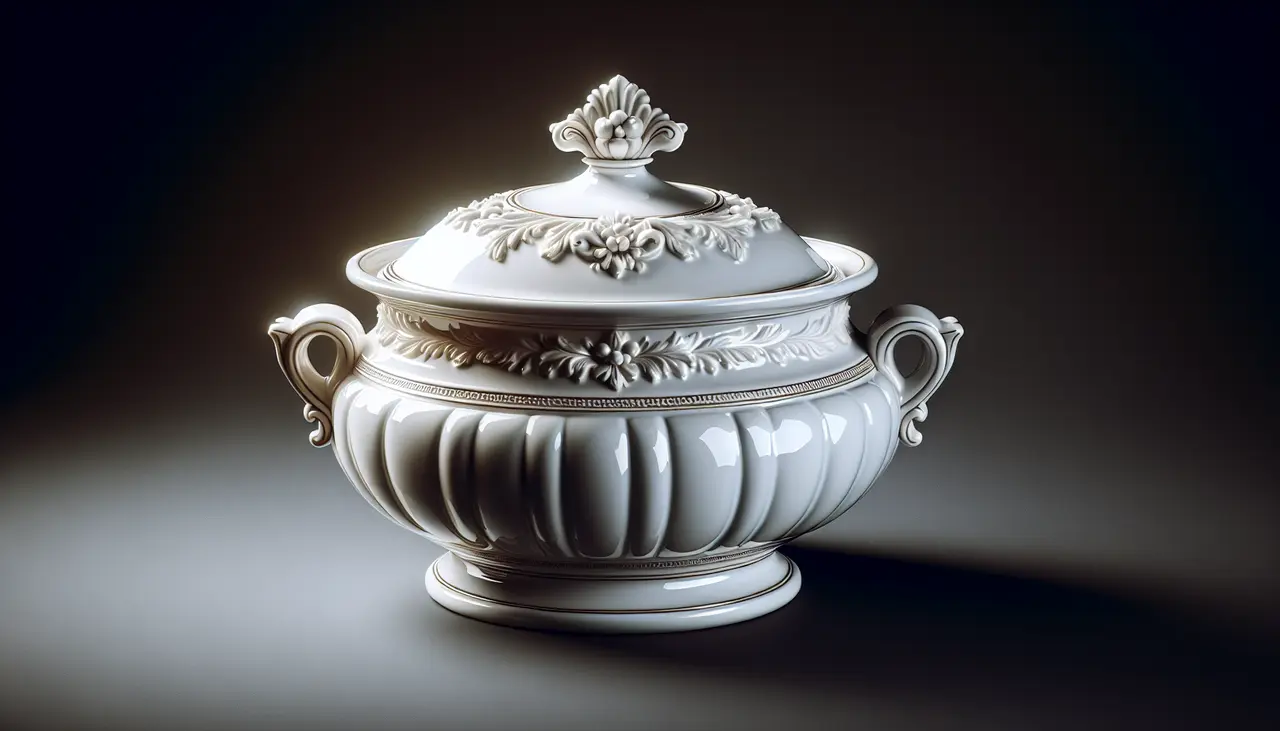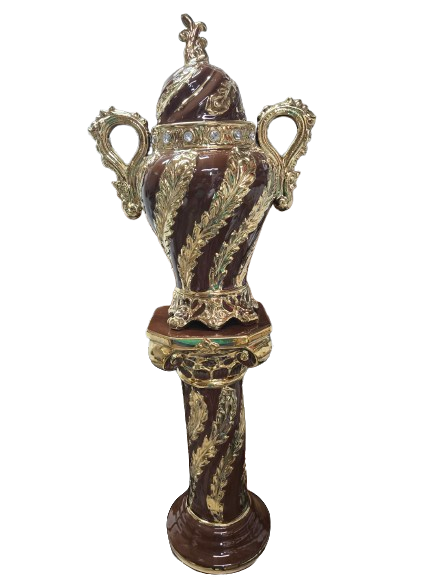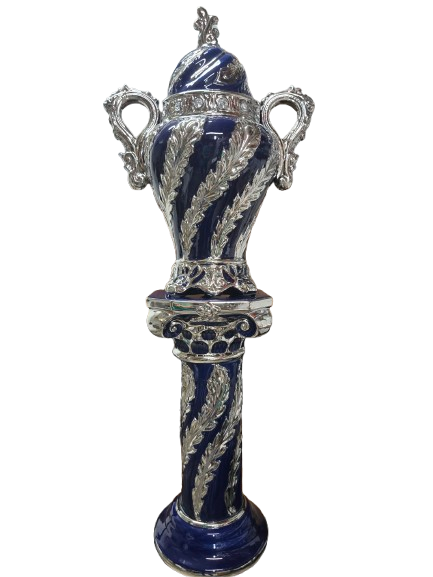The Significance of Oshanla Soup Tureens in Spiritual Practices
Oshanla soup tureens are more than just beautifully crafted vessels for serving food. They hold a deeper meaning in various spiritual practices and cultural traditions around the world. In this blog, we will explore the history, significance, and application of Oshanla soup tureens in spiritual practices, unveiling the mystery behind their revered status.
Origins and Historical Context of Oshanla Soup Tureens
Understanding the origins of Oshanla soup tureens helps us appreciate their role in spiritual practices. These intricately designed tureens trace back to ancient civilizations where they were applied in important rituals and ceremonies. The tureens, revered as symbols of art and culture during the Renaissance era, became widely popular in regal courts primarily for their artistry rather than their utility Why are tureens used for the Orishas in Santeria?. However, they evolved into spiritual symbols across various cultures. Interestingly, some historical accounts suggest that many silver tureens from the seventeenth century’s French royal court were melted down to support the wars of Louis XVII, showcasing their immense value.
In Yoruba culture, tureens are significant for storing sacred offerings and embodying the essence of the Orishas. The Sopera Obatala / Oshanla specifically plays an important part in rituals dedicated to Obatala and Oshanla, the Orishas of wisdom and purity. This porcelain vessel, decorated with rhinestones and silver plating, signifies divine brilliance and purity. These tureens came to represent a blend of religious artifacts and cultural symbols, preserving the spiritual legacy of the Yoruba people.
The tradition of using tureens to honor Orishas was adapted in Cuba, where the descendants of African slaves incorporated these vessels into their spiritual practices. As one of their solutions for preserving their religious identity amidst Spanish colonial rule, the Yoruba people found ways to conceal the orisha symbols within these tureens. Over time, tureens became integral to Yoruba and Santería rituals, where each Orisha is honored with a specific type of tureen based on its representative qualities and colors.
Symbolism and Spiritual Significance
Oshanla soup tureens symbolize abundance, unity, and spiritual nourishment. These vessels are deeply entrenched in the worship of deities such as Obatala, in part due to their intricate designs that are believed to hold spiritual power. Within the Yoruba pantheon, Oshanla is a deity tasked with protecting humans and weaving their destinies. Represented as an elderly figure of wisdom, Oshanla’s association with light and purity makes tureens fitting symbols of clarity and unity in spiritual practices Who is Oshanlá? The Orisha of Light that weaves the destiny of the Yorubas.
The spiritual significance of Oshanla soup tureens extends beyond their physical presence—they serve as conduits for divine connection. The various decorative elements, such as the silver plating and rhinestones, highlight the spiritual power and majesty of the Orishas, serving as focal points in rituals. By offering sacred blessings and manifestations, devotees use these tureens to channel their prayers and affirmations, enhancing the spiritual essence of the spaces they occupy.
The color and design of an Oshanla soup tureen also hold symbolic weight. The white hue signifies purity and spiritual clarity, reflecting the values espoused by Obatala, the Orisha of wisdom and peace. Additionally, the luxurious adornments on the tureens symbolize elegance, sovereignty, and sacred trust, reinforcing their role in connecting individuals with their spiritual beliefs. Through these symbolic representations, tureens transcend their utilitarian origins, becoming iconic embodiments of spiritual nourishment and ancestral reverence.
Cultural Rituals Involving Oshanla Soup Tureens
Around the world, various cultures incorporate Oshanla soup tureens into their spiritual rituals. Among the Yoruba people, tureens are used to house sacred offerings for respected deities like Obatala, embodying the spirit and intention behind each ritual. This practice is particularly significant within Santería, where tureens feature prominently in ceremonies aimed at venerating, appeasing, or seeking guidance from the Orishas Why are tureens used for the Orishas in Santeria?.
In addition to Yoruba practices, these tureens hold significance in other African and Afro-Caribbean spiritual traditions. They are often used in rituals aimed at invoking blessings of peace, wisdom, and protection from spiritual entities. The Sopera Obatala/Oshanla particularly finds essential use in spiritual contexts that aim to draw upon the serene and purifying energies of the Orishas. These tureens facilitate spiritual dialogues and elicit divine responses, marking them as crucial components of sacred expressions across these cultures.
Modern Uses and Relevance
Today, Oshanla soup tureens continue to be cherished not only for their aesthetic beauty but also for their spiritual essence. Many people incorporate them into modern spiritual practices as vessels of manifestation and mindfulness. Enthusiasts and collectors can explore a variety of elegant Orisha Soup Tureens crafted to honor deities like Obatala, Oshun, and Yemaya, offering them with reverence as people engage in rituals that align with contemporary beliefs and practices.
Further embracing their cultural significance, these tureens are often displayed as ornate pieces within households, symbolizing a deepened connection to ancient traditions and personal spirituality. In a world where cultural heritage and spiritual practices are explored alongside personal identity, Oshanla soup tureens serve as lasting symbols of both beauty and belief. They inspire contemporary art, influence modern-day spiritual practices, and reaffirm faith in timeless ways, ensuring their ongoing relevance and use.
The Enduring Legacy of Oshanla Soup Tureens
Oshanla soup tureens have undeniably woven themselves into the tapestry of spiritual practices worldwide. Their beauty and utility transcend their functional purpose, becoming symbols of spiritual nourishment and cultural heritage. As we embrace these vessels in our spiritual practices, we preserve and honor their legacy for generations to come.





































Dejar un comentario